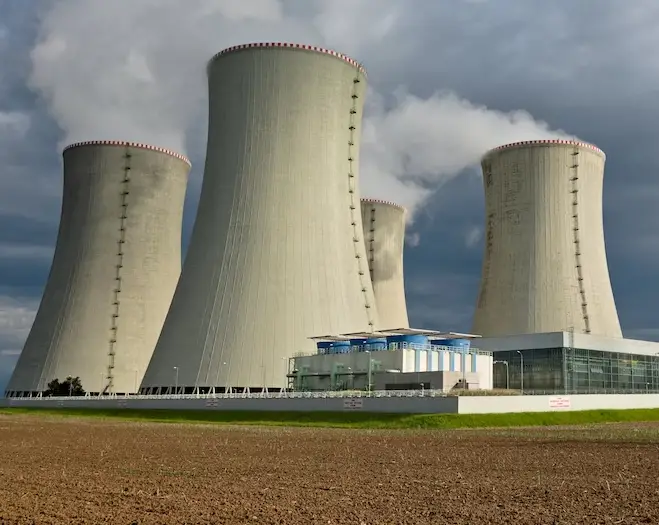On Monday, Nikkei Asia reported that Bangladesh intends to repay a loan for a nuclear power plant being built by Russia, in Chinese yuan as a way to sidestep Western sanctions on Moscow.
According to the report, the decision was arrived at following high-level talks held last week between Russian and Bangladeshi officials. Bangladesh needs to make loan repayments to Russia for a nuclear power plant which is still under construction. Russia is owed the equivalent of $110 million, which the two sides have agreed will be paid in yuan.
Uttam Kumar Karmaker, additional secretary of the Bangladeshi Ministry of Finance’s Economic Relations Division, said in a statement to Nikkei, “Because of the sanctions against Russian banks… we couldn’t process payments in US dollars. Russia asked us to settle the payments in their currency, rubles, but that was not feasible. So, we both opted for yuan.”
Part of Bangladesh’s plans to transition away from fossil fuels, the Rooppur Nuclear Power Plant (RNPP) is the country’s largest infrastructure project. Located roughly 90 miles from the capital, Dhaka, the facility will have an output capacity of 2,400 megawatts of power. Rosatom, the Russian state-owned nuclear power company is handling the construction of the $12.65 billion project, with Moscow supplying 90% of the funding for the project.
Bangladesh will use a Chinese bank to settle its obligations with Russia, according to Nikkei. Since many Russian banks are barred from using the SWIFT interbank messaging system, the funds will be transferred to Russia using China’s Cross-Border Interbank Payment System (CIPS),
Shafquat Rabbee, an adjunct instructor at the University of Dallas business department said, “Given the significance of this power plant project, it is natural that Bangladesh will try to keep it going at any cost.”
The RNPP is projected to begin delivering power in the middle of 2024, and remain operational for 60 years, at a minimum. With its startup, Bangladesh will join more than 30 other nations with operational nuclear reactors.

